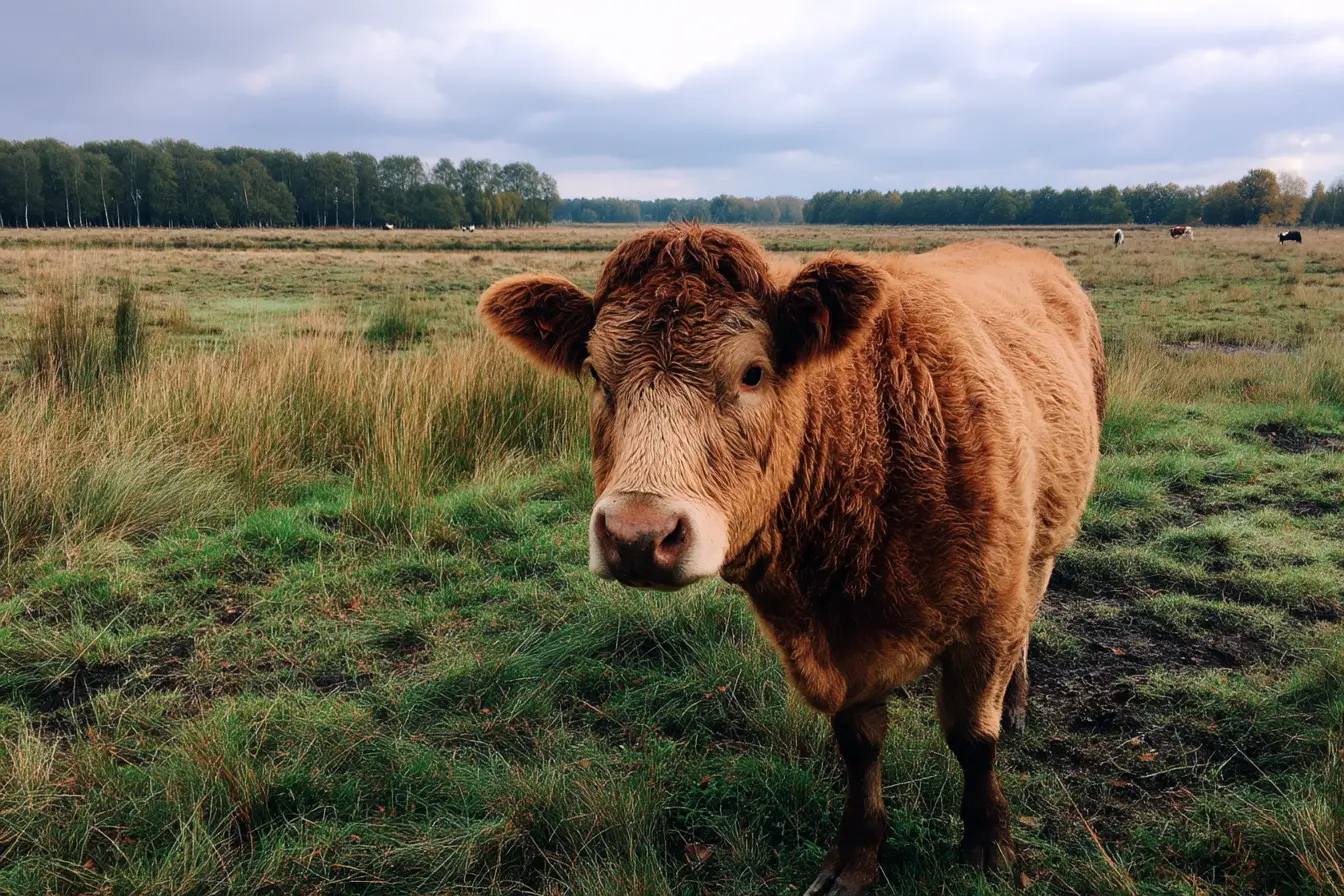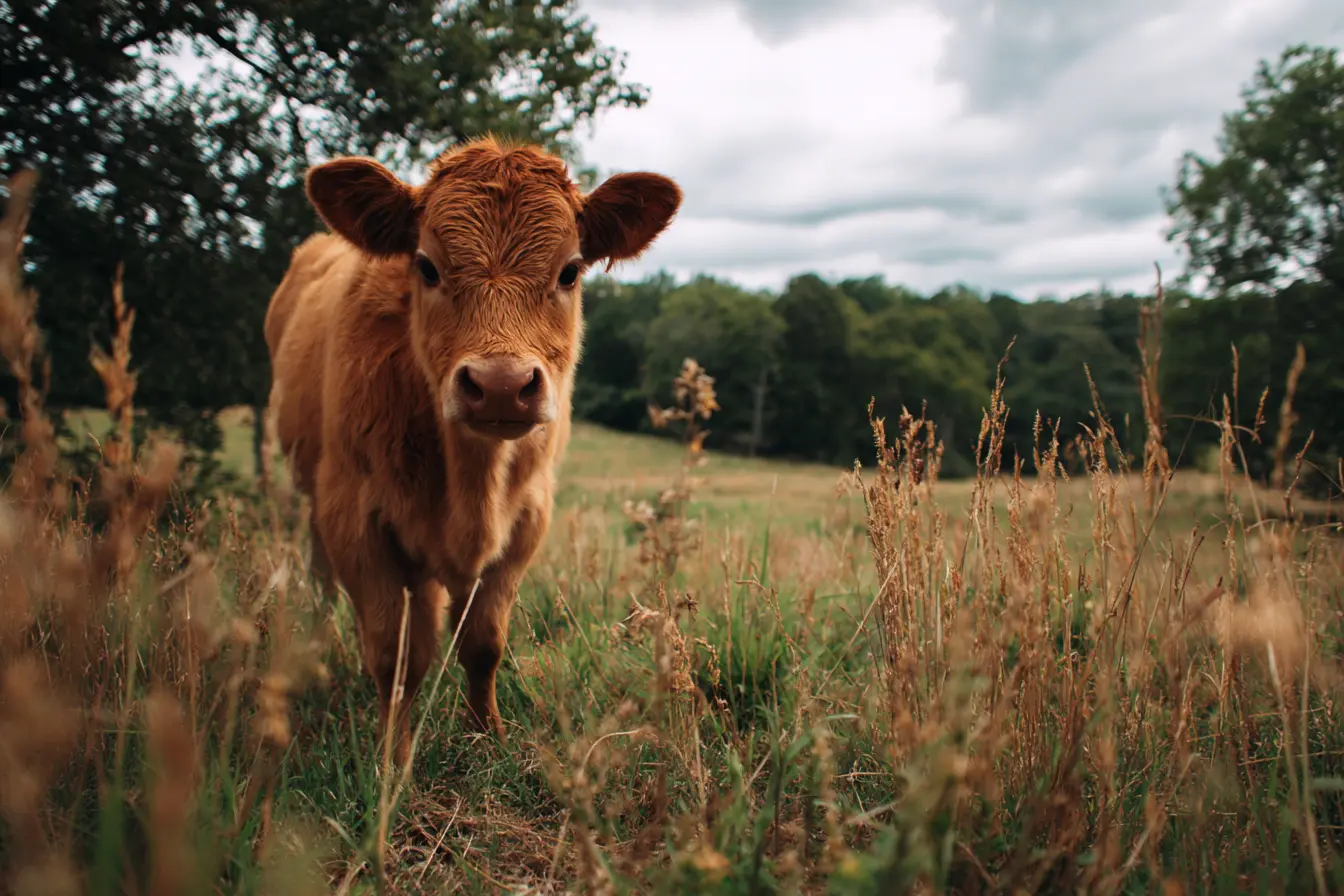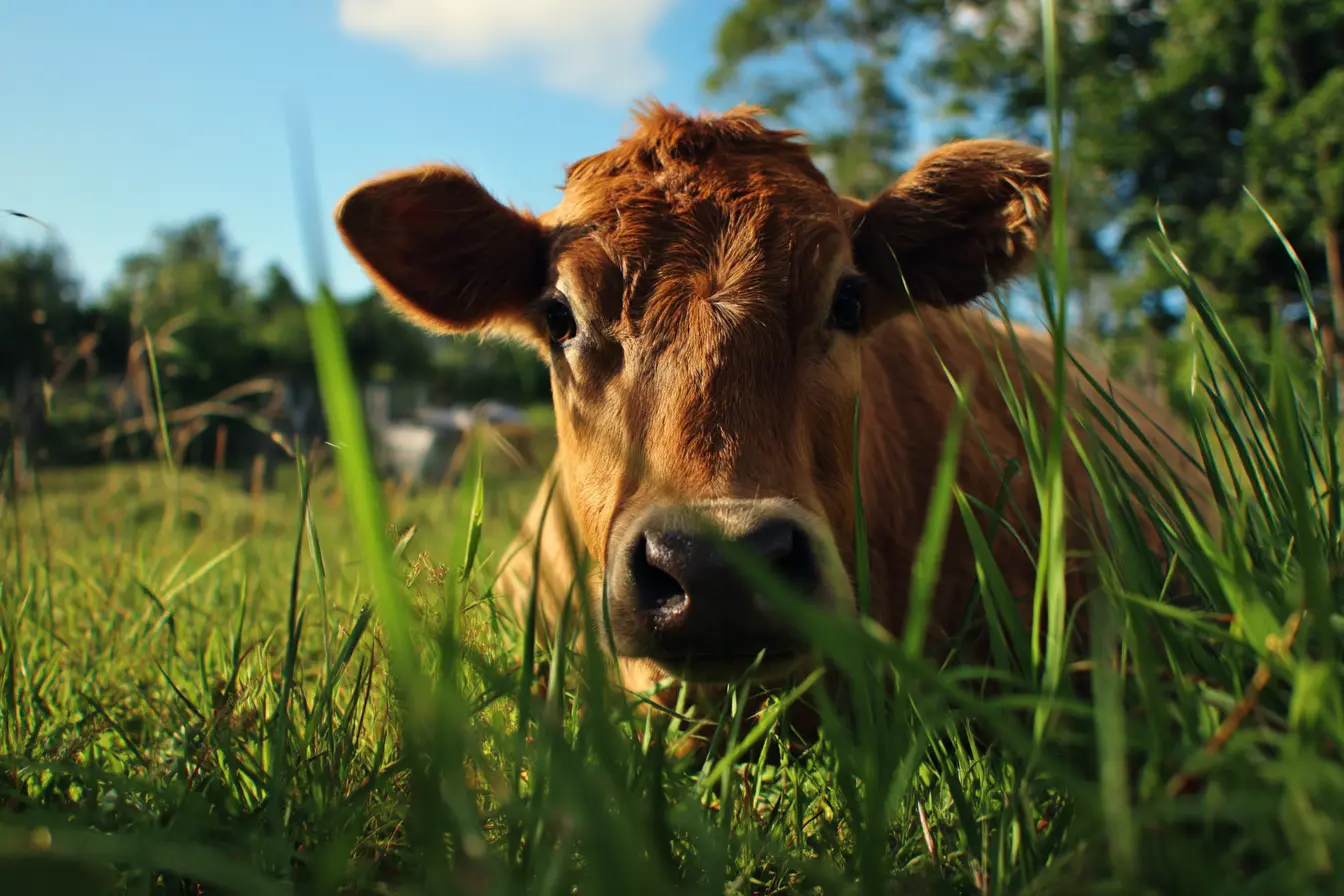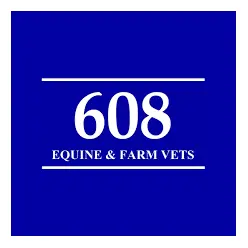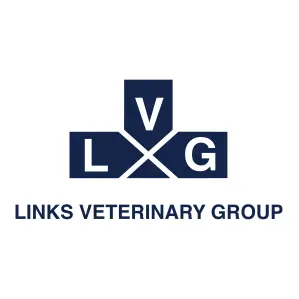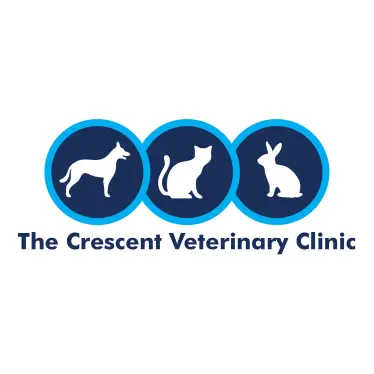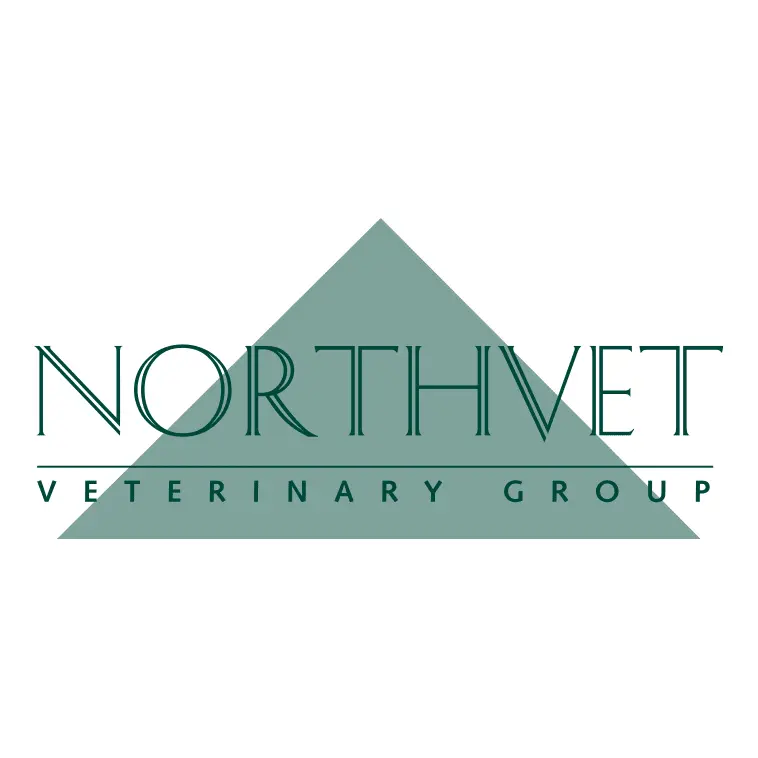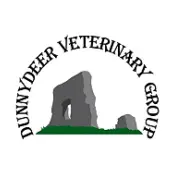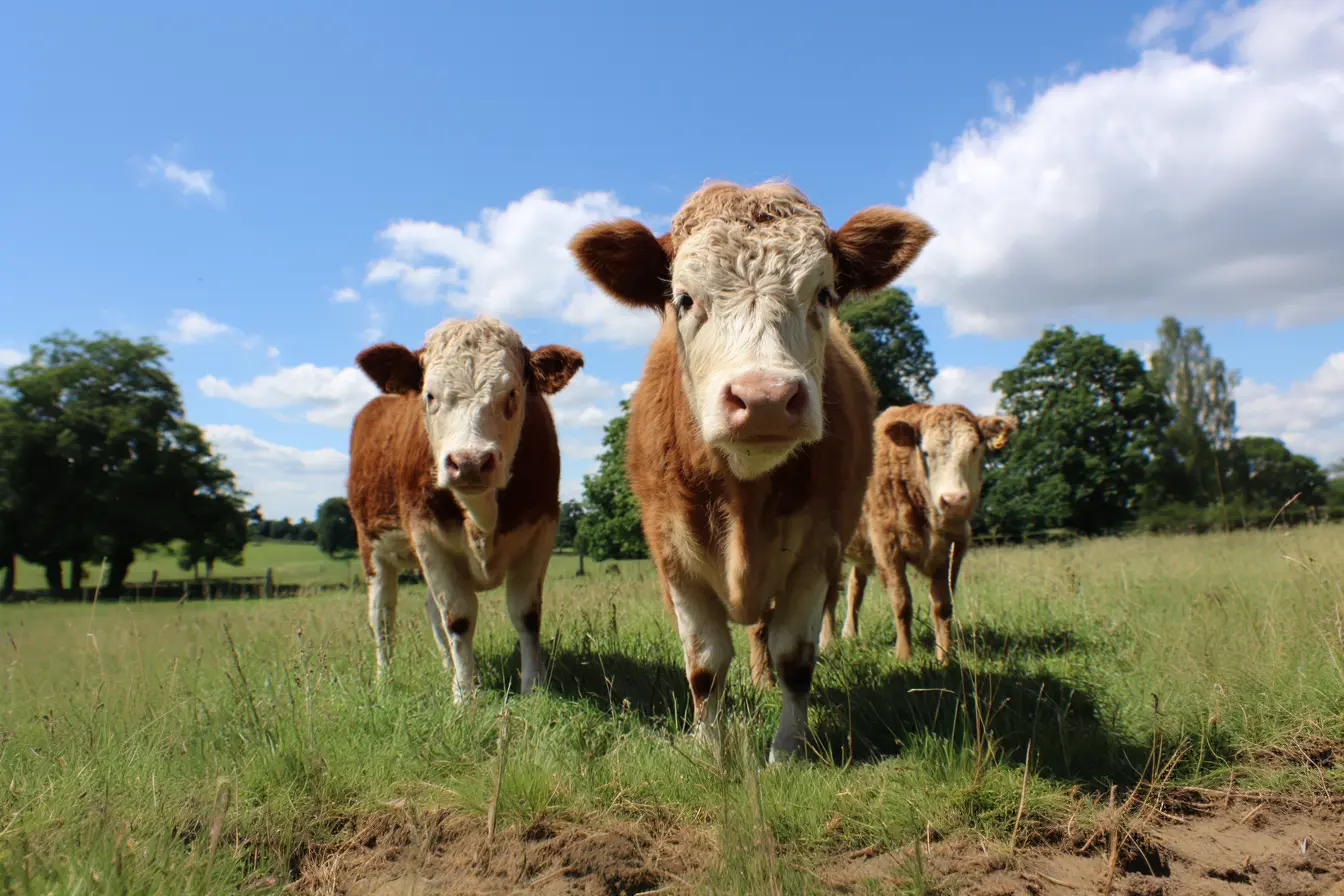
Cows and Sunburn: Essential Advice for Farmers and Owners
While cows are generally hardy animals, they are not immune to the damaging effects of the sun. Sunburn in cattle can cause significant discomfort, lead to secondary infections, and in severe cases, predispose animals to skin cancers. Whether you manage a large herd or keep a few cattle on a smallholding, it is important to understand how to protect them from sun damage. This guide covers everything owners need to know about cows and sunburn.
Can Cows Really Get Sunburned?
Yes, cows can suffer from sunburn. Like other animals, their skin is vulnerable to ultraviolet (UV) rays, especially in areas with little or no hair and where the skin is lightly pigmented. Prolonged exposure to strong sunlight without protection can lead to painful skin inflammation and more serious complications over time.
Which Cows Are Most at Risk?
While any cow can be affected by sunburn, certain individuals and breeds are particularly vulnerable:
- White-faced breeds: Herefords and crossbreeds with white faces are especially at risk.
- Light-skinned cattle: Areas of pink skin, such as around the nose, udder, and inner legs, are more prone to sunburn.
- Newborn calves: They often have delicate, more sensitive skin.
- Freshly shorn or clipped cattle: Removal of hair exposes the skin to UV rays.
- Cattle recovering from skin conditions: Animals with previous skin injuries or mange are at higher risk.
Common Areas Affected by Sunburn
The parts of a cow most commonly affected include:
- Nose and muzzle
- Around the eyes
- Udder and teats
- Ears
- Inner thighs and underbelly (especially if lying down frequently)
Sunburn tends to occur on areas with sparse hair or naturally lighter skin.
Signs of Sunburn in Cattle
Sunburn in cattle can vary in severity. Common symptoms include:
- Red, inflamed skin
- Dry, cracked, or peeling skin
- Swelling or blistering in severe cases
- Pain and reluctance to be touched
- Ulcerations or scabbing
- Decreased feeding, drinking, or general activity
If sunburned areas become infected, cattle may develop additional symptoms like fever, pus, or a foul smell from the affected site.
How to Protect Cows from Sunburn
Provide Adequate Shade
The best way to prevent sunburn is to ensure cattle have access to shaded areas throughout the day:
- Natural shade from trees is ideal.
- Constructed shade structures such as barns, shelters, or simple roofed areas are effective.
- Rotate grazing fields to ensure availability of shaded spaces.
Shade should be large enough to accommodate multiple animals at once, reducing competition and stress.
Apply Sunscreen on Vulnerable Areas
While not practical for large herds, applying sunscreen can be effective for small groups, show cattle, or valuable breeding stock:
- Use a vet-approved, non-toxic sunscreen suitable for livestock.
- Focus on areas with pink skin, such as the nose, udder, and around the eyes.
- Reapply regularly, particularly after rain or if animals have been rubbing.
Consider Protective Covers
For valuable animals or those particularly vulnerable to sun damage:
- Use lightweight cattle covers designed to reflect UV rays.
- Fly masks with nose covers can protect the face and muzzle from the sun and also prevent fly irritation.
Adjust Grazing Schedules
Limit exposure to peak UV hours (usually between 10am and 4pm):
- Encourage grazing early in the morning and later in the evening.
- Offer feeding and watering stations in shaded areas to reduce the time cattle spend in direct sunlight.
Encourage Mud-Wallowing (Where Appropriate)
Mud can act as a natural sunblock. Allowing access to muddy areas or damp ground can help reduce UV exposure, although this practice must be managed carefully to avoid issues with hygiene and hoof health.
Special Considerations: Photosensitisation
It is important to differentiate between ordinary sunburn and photosensitisation**. Photosensitisation is a condition where the skin becomes hypersensitive to sunlight, often triggered by:
- Ingestion of certain plants: e.g., St John's Wort, buttercups, clover.
- Liver damage: Caused by toxins or infections, affecting the cow's ability to process compounds that react to sunlight.
Signs of photosensitisation include:
- Severe skin inflammation even after minimal sun exposure
- Blistering and sloughing of skin
- Reluctance to graze or lie down
- Oedema (swelling) of the affected areas
If photosensitisation is suspected, seek veterinary advice immediately.
Treating Sunburn in Cattle
If cattle suffer from sunburn, early treatment is important:
- Move the affected animal to a shaded or indoor area.
- Cool the skin gently with cold water to reduce inflammation.
- Apply veterinary-recommended topical treatments to soothe and heal the skin.
- Monitor closely for infection, and administer antibiotics if prescribed.
- Consult a vet if blistering, secondary infection, or behavioural changes are observed.
Severely sunburned cows may require additional supportive care, including pain management and hydration therapy.
Long-Term Risks of Sun Damage
Repeated or severe sunburn can lead to:
- Skin cancer: Particularly squamous cell carcinoma, common around the eyes and nose.
- Reduced productivity: Discomfort and pain can lead to lower milk yields, reduced growth rates, and poor fertility.
- Permanent scarring and pigmentation changes: Making the skin more vulnerable to further damage.
Preventive care is vital to avoid these costly and distressing outcomes.
Final Thoughts
Sunshine is important for cattle health, helping to promote vitamin D synthesis and supporting wellbeing. However, too much sun exposure without protection can lead to serious health issues. With simple, practical measures — such as providing adequate shade, using livestock-safe sunscreens, adjusting grazing times, and recognising the early signs of sunburn — farmers and owners can ensure their cattle enjoy the summer safely.
Related Vets
Vets near you
Speciality vets
- Aquatics vet specialists
- Birds vet specialists
- Camelids vet specialists
- Cats vet specialists
- Cattle vet specialists
- Deer vet specialists
- Dogs vet specialists
- Equines vet specialists
- Exotic vet specialists
- Goats vet specialists
- Pigs vet specialists
- Poultry vet specialists
- Sheep vet specialists
- Small Mammals vet specialists
- Wild vet specialists

